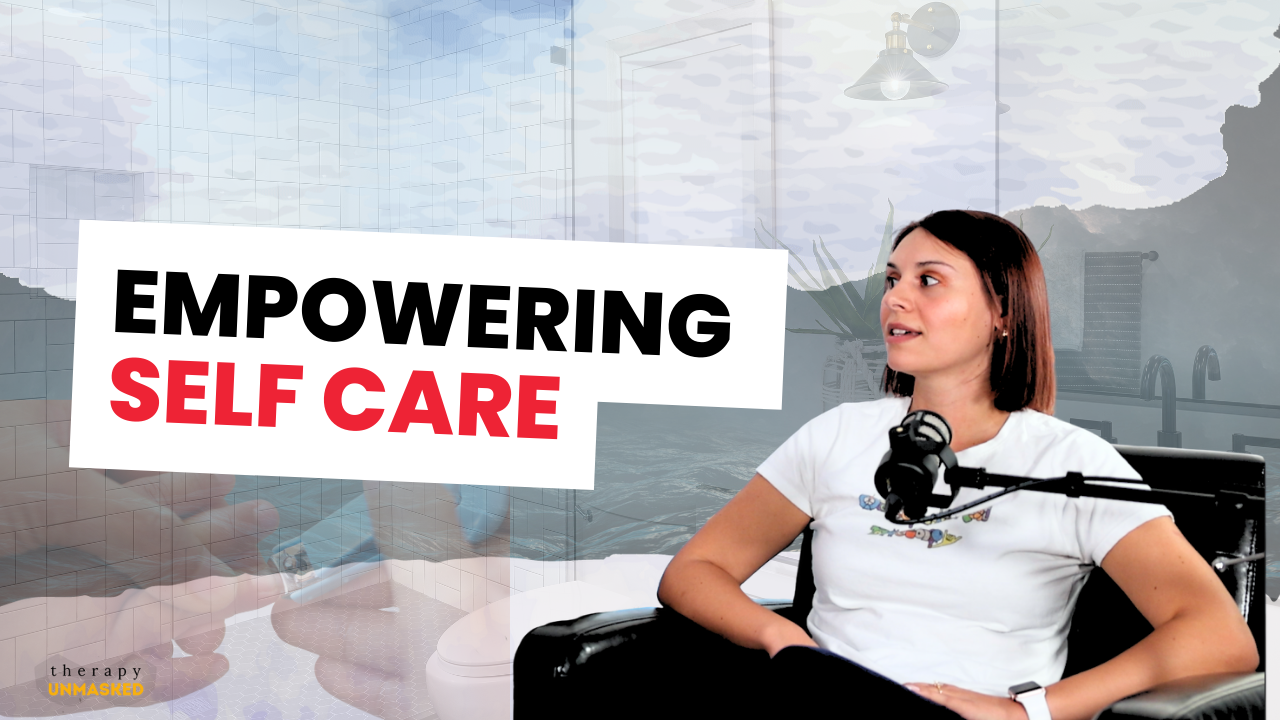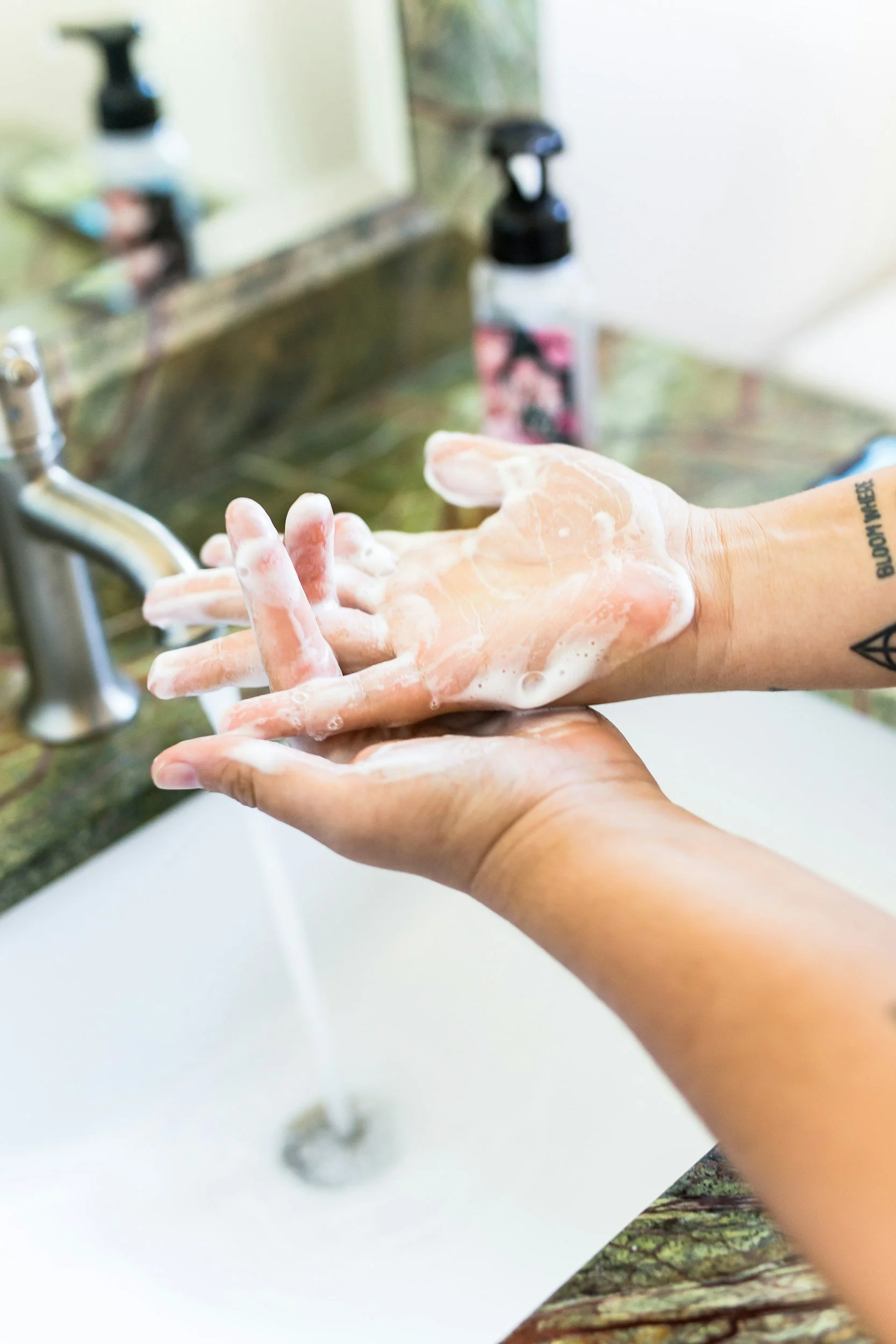Empowering Self-Care: Occupational Therapy Tips for Neurodivergent Kids
In this episode, we sat down with Emily Hartney, the team lead for our occupational therapists at our Layton, Utah clinic, to unmask the benefits of occupational therapy for self-care activities in children, especially those with special needs, autism, and other neurodivergent needs.
Self-care might seem straightforward, like brushing teeth or getting dressed, but for many children, these daily tasks can be significant hurdles. As occupational therapists, we look at the whole picture – from motor planning and sequencing to the often-overlooked world of sensory processing. Emily shared that many parents struggle with things as common as hair salon meltdowns or difficulty with nail clipping due to sensory sensitivities. Our goal isn't just to "do it for them," but to empower kids to learn these skills themselves, fostering independence and confidence through play-based therapy.
Tackling Self-Care Challenges with OT
Sensory input can either facilitate or hinder a child's success with self-care. Here are some key takeaways and practical tips from Emily on common challenges:
Hand Washing & Face Sensitivity
Many kids dislike the feeling of wet hands or having their face wiped.
Desensitization through Play: Start with water play using tubs, droppers, and various utensils to make it fun.
Gradual Introduction: Use a wet washcloth for gentle hand or facial massages, gradually working towards sensitive areas.
Offer Choices: Let your child choose their preferred soap (foamy vs. gel, sudsy vs. non-sudsy) and drying method (paper towel vs. blow dryer) to give them a sense of control.
Allow Messy Play: When eating, avoid constantly wiping their face. Let them get messy during meals, and clean up afterward. Constant wiping can cause distress and push back their willingness to try new foods.
Clipping Nails
The sound, sensation, or even the word "cut" can be aversive.
Model and Practice: Let your child see you trim your own nails. Use the word "trim" instead of "cut" if "cut" is a trigger.
Play-Based Practice: Practice on dolls by painting their nails and pretending to cut them. You can also put stickers on your child's nails, rub lotion on them, or practice cutting Q-tips.
Softening Nails: Clip nails right after bath time when they are softer, which reduces the sound and discomfort.
Make it Fun: Use protective goggles if they're afraid of nails flying, turning it into a "fun activity."
Last Resort: If all other methods fail and meltdowns occur, consider trimming nails while they're sleeping, referring to a "nail cutting fairy."
Hair Care (Washing, Brushing, Cutting)
Sensory issues like loud buzzers, fear of sharp tools, wet faces, soap in eyes, or ticklish sensations can make hair care difficult.
Scalp Massages: Incorporate infant massages and practice scalp massages on each other to normalize touch around the head.
Visual Cues & Control: Use a mirror during hair brushing or washing so they can see what's happening. Allow them to hold the soap or brush and do as much as they can themselves.
Familiarization with Tools: Let them hold the hair trimmer or scissors (with guards) to get familiar with the tools. Practice with vibrating toys (like a Z-vibe) to desensitize them to the buzzing sensation.
Play Haircuts: Give "haircuts" to paper dolls or Play-Doh with scissors to normalize the activity.
Brushing Strategy: If their scalp is sensitive, start brushing from the ends of the hair and slowly work your way up as they become more comfortable.
Deep Pressure & Comfort: Use weighted capes, weighted stuffies, or have them sit on a parent's lap at the salon for calming deep pressure input.
Noise Reduction: Use earplugs or noise-canceling headphones (like AirPods) to block out overwhelming salon noises or buzzing tools.
What to do When a Child is Overwhelmed
If your child is becoming overwhelmed during a self-care activity, Emily suggests:
Offer a Break: Ask if they need a break and what they'd like to do (e.g., a walk, listen to music).
Honor Their Need for a Break: Don't put too much pressure on them if they need a pause.
Adjust the Environment: For fidgety kids, a wobble cushion or ensuring their feet are planted can provide stability and support.
At Ability Innovations, our play-based therapy helps children with neurodivergent needs reach developmental milestones in a fun and engaging way. We understand the unique challenges parents face, and we're here to help facilitate independence and confidence in your child's self-care journey.
Connect with Us!
We hope these tips from Emily Hartney and the "Therapy Unmasked" podcast help you and your child navigate self-care challenges.
Visit our website for more free resources like blogs, articles, courses, and parent support handouts:
Ability InnovationsLearn more about our podcast and other resources at Therapy Unmasked.
We'd love to hear from you! Leave us a comment with any other self-care tips you'd like us to cover for your kids.
You can listen to the full episode on YouTube, Apple Podcasts, or Spotify.





